The COVID-19 pandemic has been tough for communities. For many it has resulted in reduced income or higher expenses. However, a small amount can go a long way when you spend wisely. Make a plan to stretch your income in times of uncertainty. Here are a few quick tips to get started:
Write out all of your expenses
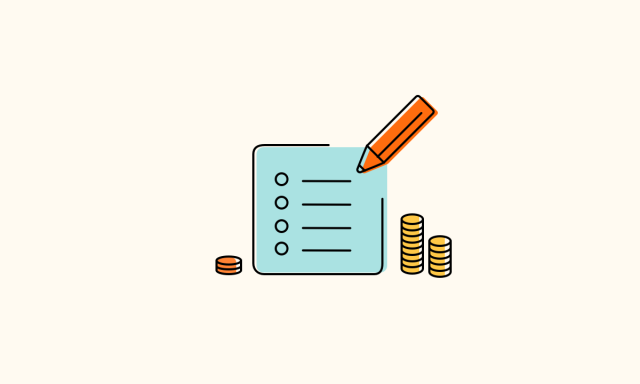
As a first step, we suggest estimating all of your current expenses. In order to make a plan to stretch your income, you must know exactly where all of your money goes. Add up what you pay for rent, utilities, groceries, eating out, movies, etc. Then identify which expenses are important NEEDS and what expenses that are just things you would like to have. Write down everything.
Adjust your budget: cut out non-essential spending
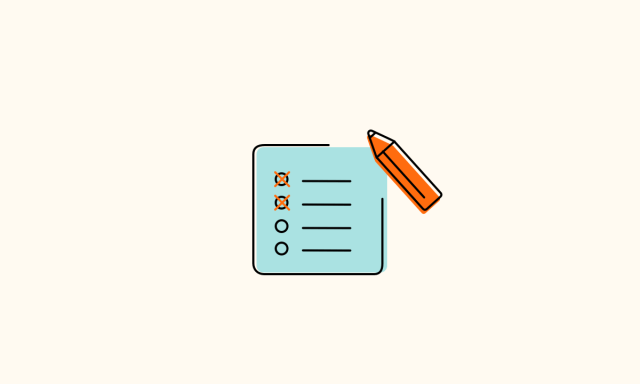
Now that you’ve identified everything you spend money on, cut all expenses that are not essential needs. Remove things that you just like to have. Ask yourself, what do you absolutely need to survive? For example, reduce eating outside the home. It’s better to prepare your own food and it costs less. Of course you don’t want to remove everything fun, but in stressful times it’s best to focus on essential needs and save for an emergency.
Save on utilities
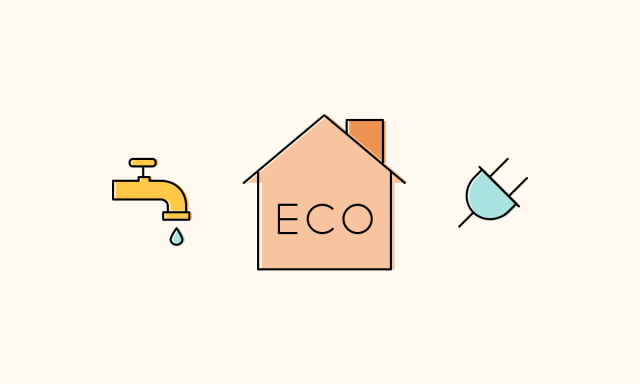
You can significantly reduce expenses if everyone at home takes steps to save water, electricity, and gas. Save water by turning off the faucet when you are not using the water, like when you brush your teeth or lather your hands, or body. Save electrical energy by turning off the lights and devices that you are not using at the moment. Save gas by reducing the time you spend bathing in hot water and use the stove only as necessary. This is not only good for your wallet, but also good for the environment!
Make a detailed shopping list
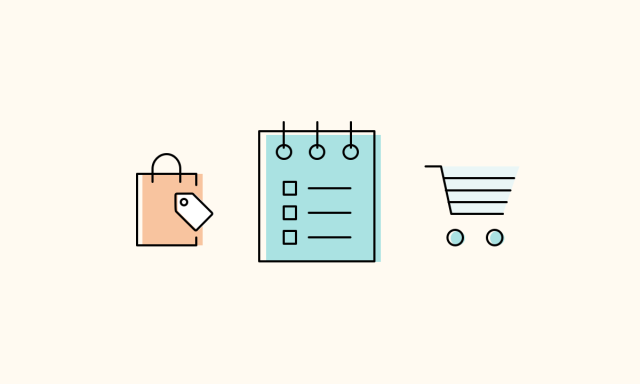
Even within your budget categories you can save money. For food, make a list of only the groceries you need and stick to it. Make sure to include healthy items such fruits, vegetables, legumes and seeds, which allows you to reduce expenses as much as possible.
For household items (such as soap, toothpaste, toilet paper, laundry soap, among others), also make a list where you think how much you need during the period you chose at the beginning (weekly, biweekly, monthly ). Stay away from impulse and panic shopping, no need to buy toilet paper for a year.
Consider soap and water as alternatives to pricey hand sanitizers.
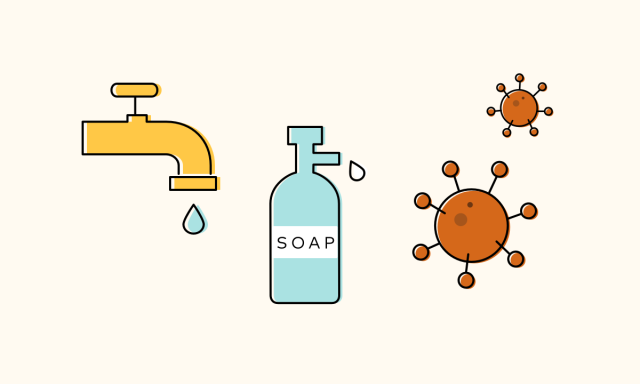
According to the American CDC, soap and water are the first tools to combat viral spreads. Only use hand sanitizers with 60% alcohol if soap and water are unavailable.
